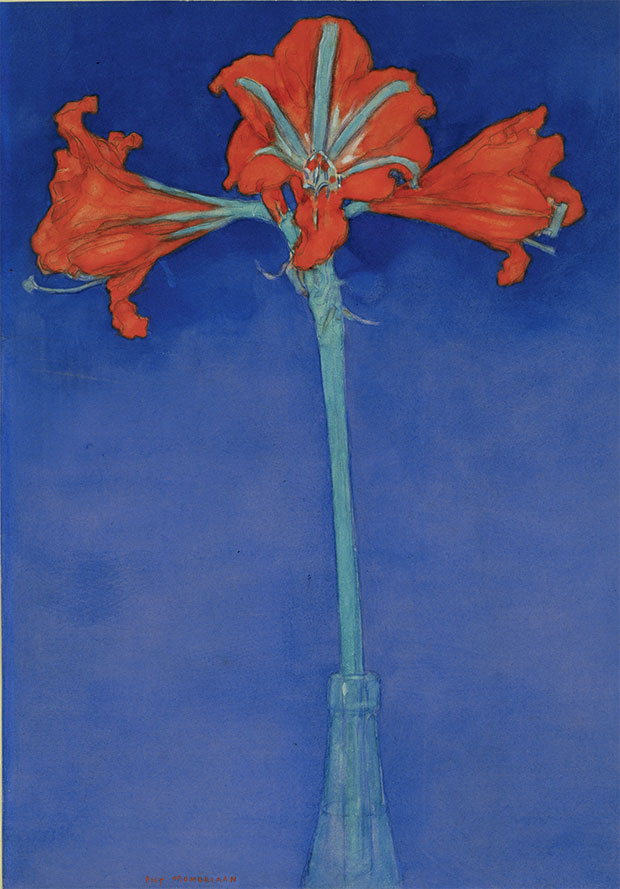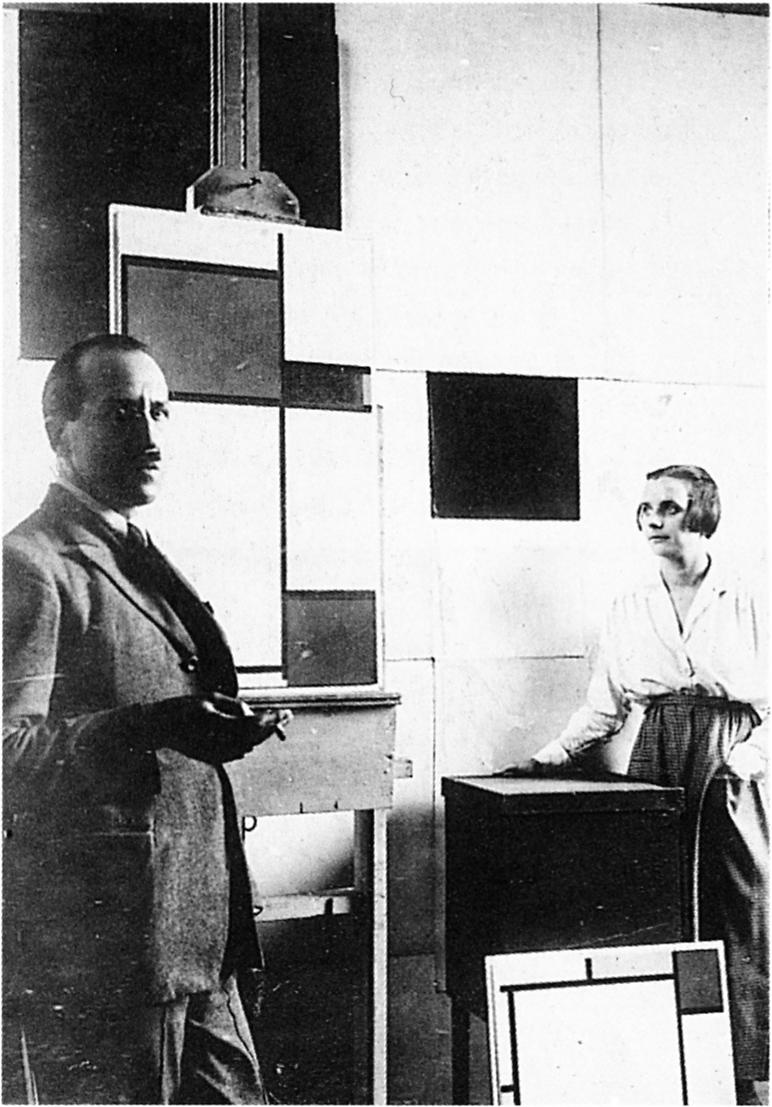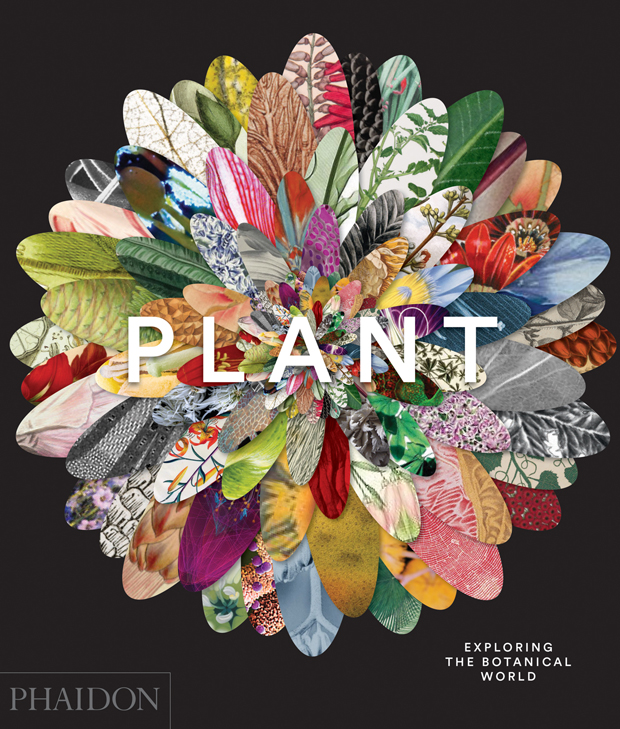
The Art of the Plant – Piet Mondrian
The abstract painter is best known for his De Stijl works, yet he found early inspiration in the natural world
Nature’s influence finds its way into the most abstract, artificial reaches of human endeavour, as even a casual reader can gather from a quick browse through our new book Plant: Exploring the Botanical World.
This new title, a wonderful gift for gardeners and art-lovers, features 300 of the most beautiful and pioneering botanical images ever. Many of these were created by botanical experts, intent on recording natural fauna as faithfully as possible. However, many others were made by fine artists.
Take for example the work above, created by Piet Mondrian, a 20th century Dutch painter better known for his abstract, angular De Stijl canvases.
His painting might be inspired by the natural world, yet he strays quite far from botanical conventions, as our new book makes clear.
“The striking contrast of red and blue in this Hippeastrum is a non-traditional approach to capturing the essence of the amaryllis in this bold study by the renowned Dutch abstract artist Piet Mondrian. Bearing little resemblance to the later geometric abstract work for which Mondrian became famous, this painting dates from an earlier period when he made many plant drawings and paintings, always produced as single specimens. He did not try to copy the living beauty of nature – believing it was impossible – but instead tried to express such beauty from a personal perspective.

"The central placement of the stem evokes a strong characteristic of the flower and creates an axis that bisects the central bloom, although the three blooms are not identical nor axially symmetrical. The use of strong primary colours prefigures Mondrian’s later abstract work. This represents a key period in the artist’s shift away from a purely representational approach, while still achieving aesthetic beauty. As a founder of the De Stijl movement, Mondrian found ideas of reduction and creating abstract art central to his approach, and he placed an emphasis on the new art forms introduced at the start of the twentieth century. His style ultimately became entirely nonrepresentational, but this painting pre-dates his change to pure abstraction.”

You can find out more about Mondrian's life and work in this book; and you can buy a copy of Plant: Exploring the Botanical World here.